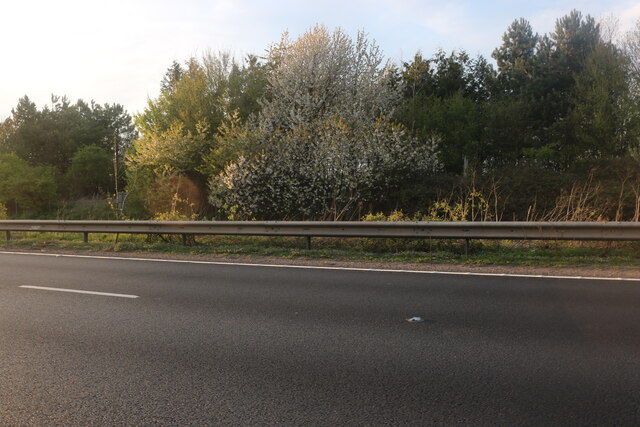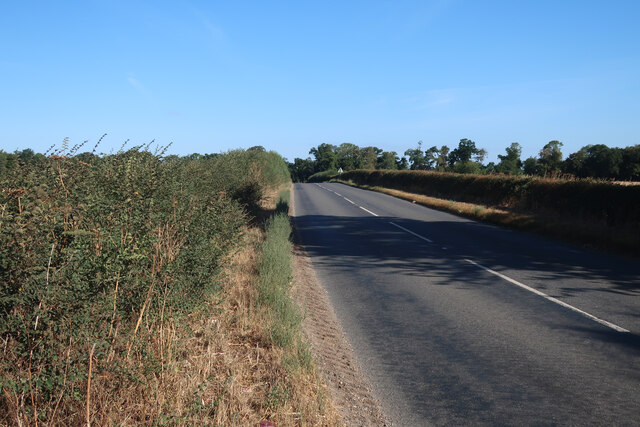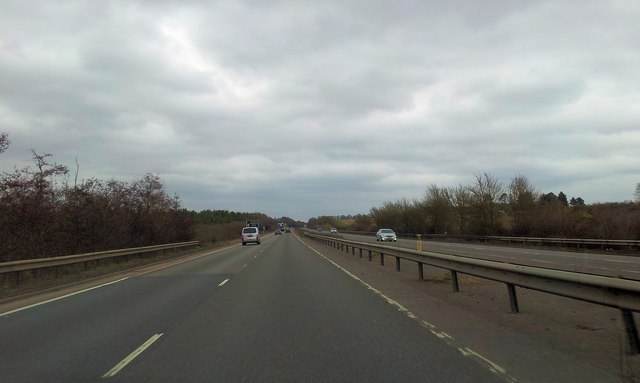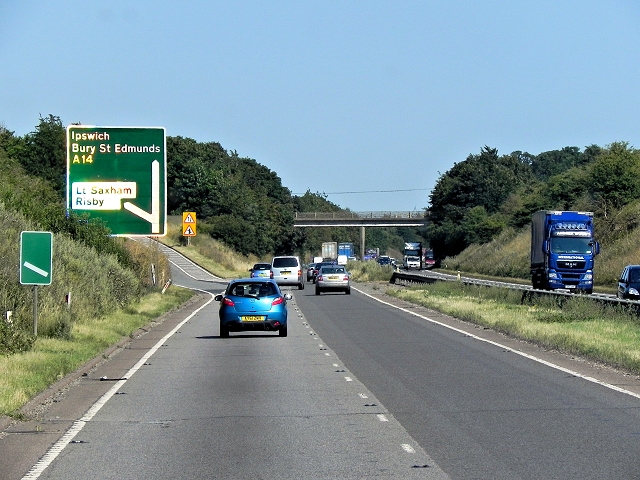Lowerheath Plantation
Wood, Forest in Suffolk West Suffolk
England
Lowerheath Plantation
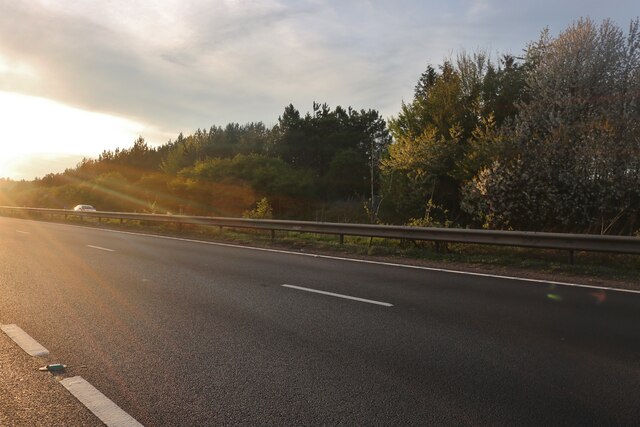
Lowerheath Plantation is a charming woodland located in Suffolk, England. Covering an area of approximately 100 acres, this plantation is a natural haven for wildlife and an ideal escape for nature enthusiasts. The woodland is predominantly composed of mature broadleaf trees, such as oak, beech, and ash, which create a rich and diverse ecosystem.
The plantation is characterized by its undulating landscape, with gentle slopes and valleys, providing a picturesque setting for visitors. Walking trails wind through the woodland, allowing visitors to explore its beauty at their own pace. These trails are well-maintained and clearly marked, ensuring a safe and enjoyable experience for all.
Lowerheath Plantation is home to a wide variety of flora and fauna. Bluebells carpet the forest floor in the spring, creating a stunning display of color. In addition, the woodland is a haven for birdlife, with species such as woodpeckers, tits, and thrushes frequently spotted among the treetops. Deer and squirrels are also common sightings, adding to the charm and natural beauty of the plantation.
The plantation is open to the public year-round, and admission is free. Visitors are encouraged to respect the natural environment and follow the designated trails to minimize disturbance to the wildlife. The woodland also offers picnic areas, providing a perfect spot to relax and enjoy the peaceful surroundings.
Overall, Lowerheath Plantation is a serene and captivating woodland in Suffolk, offering visitors the opportunity to immerse themselves in nature and discover the wonders of this beautiful forest.
If you have any feedback on the listing, please let us know in the comments section below.
Lowerheath Plantation Images
Images are sourced within 2km of 52.275356/0.58827032 or Grid Reference TL7667. Thanks to Geograph Open Source API. All images are credited.
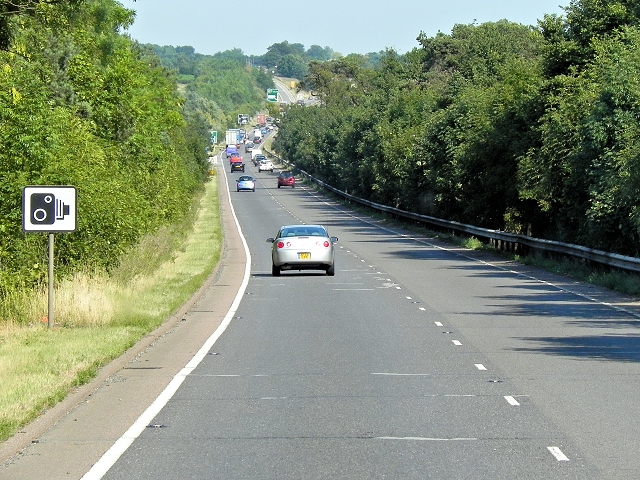
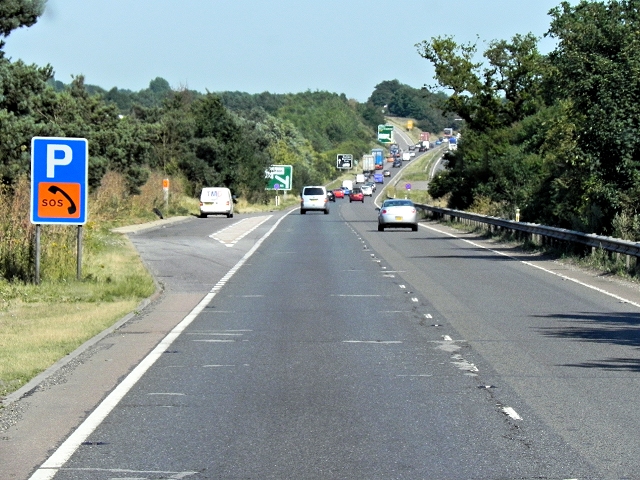
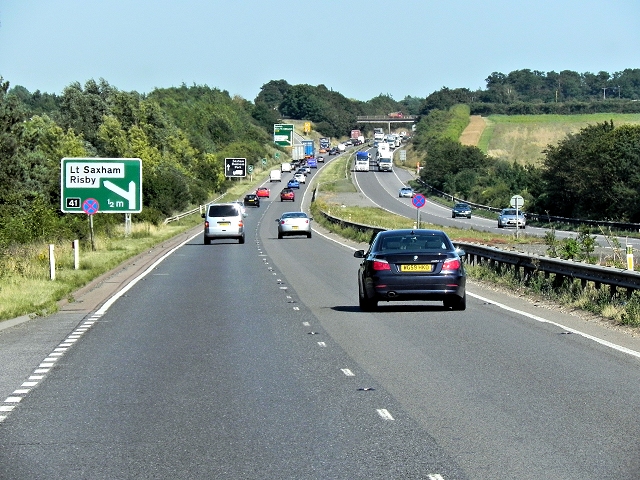
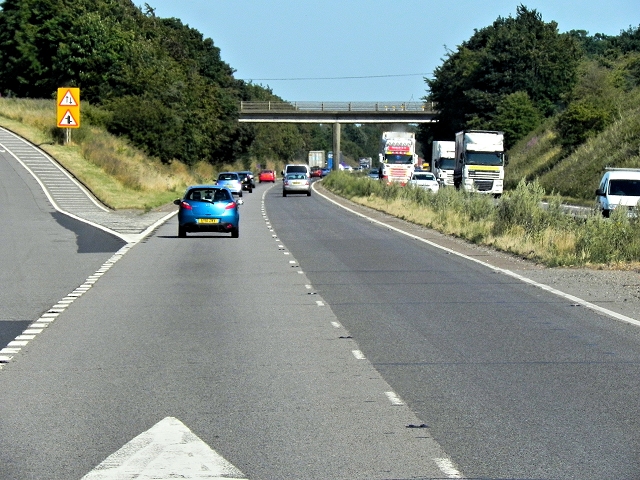
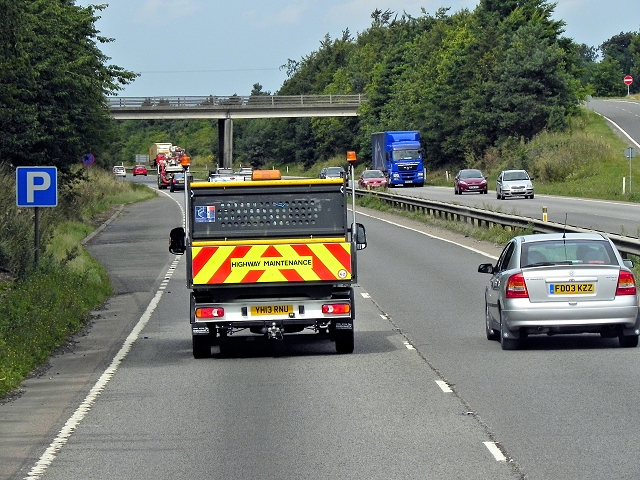
Lowerheath Plantation is located at Grid Ref: TL7667 (Lat: 52.275356, Lng: 0.58827032)
Administrative County: Suffolk
District: West Suffolk
Police Authority: Suffolk
What 3 Words
///revision.clinking.variety. Near Bury St Edmunds, Suffolk
Nearby Locations
Related Wikis
Black Ditches, Cavenham
Black Ditches is an earthwork close to the village of Cavenham of Suffolk, and part of it is a biological Site of Special Scientific Interest (SSSI). The...
Higham railway station (Suffolk)
Higham railway station was a station serving Higham in the English county of Suffolk. It was opened by the Great Eastern Railway in 1854 when the railway...
Cavenham
Cavenham is a village and civil parish in Suffolk, England, 10 kilometres (6 mi) northwest of Bury St Edmunds. It is in the local government district of...
A14 road (England)
The A14 is a major trunk road in England, running 127 miles (204 km) from Catthorpe Interchange, a major intersection at the southern end of the M6 and...
Have you been to Lowerheath Plantation?
Leave your review of Lowerheath Plantation below (or comments, questions and feedback).
